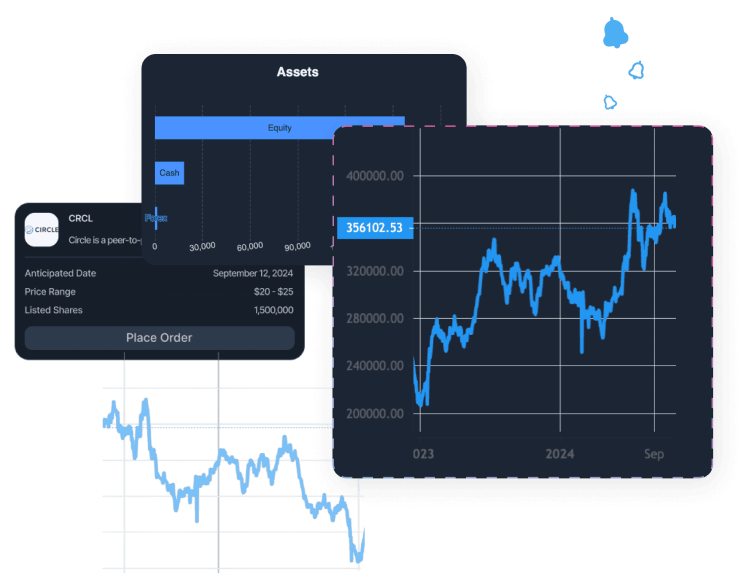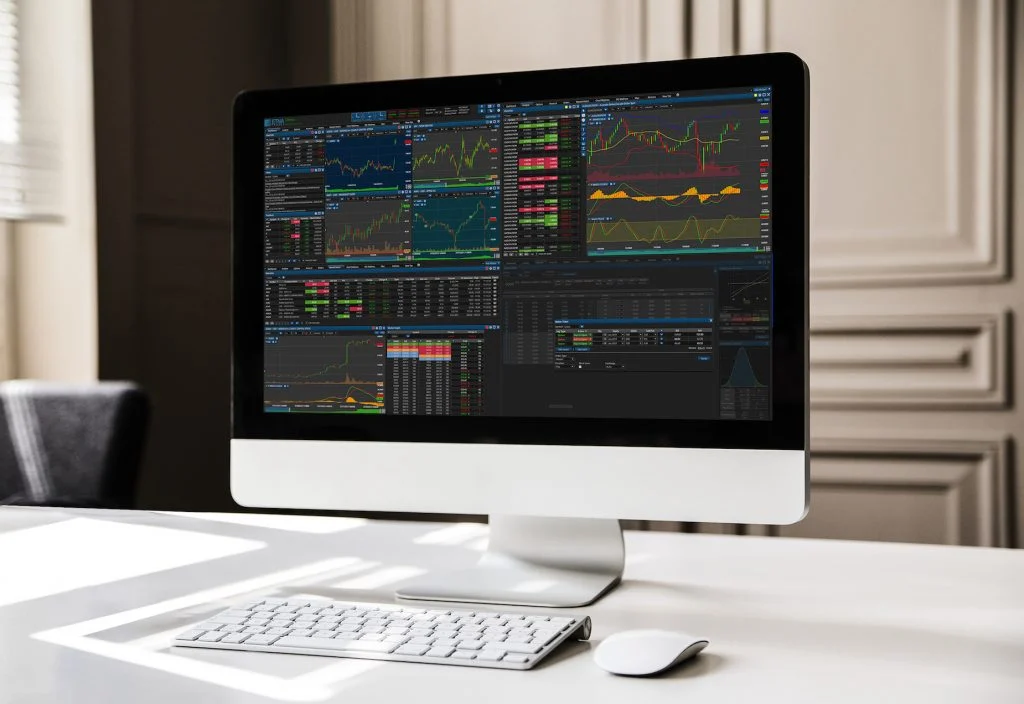
When high speed and low cost of order execution are priorities for traders, direct access trading is often the answer. Through direct access trading (also called direct market access), assets like stocks and currencies can be traded via a direct connection to the market. There is no need to go through the traditional broker order execution process. However, a broker can still make money on direct access trading by offering a point of access for traders, for example an online trading interface, and charging a small amount for each transaction.
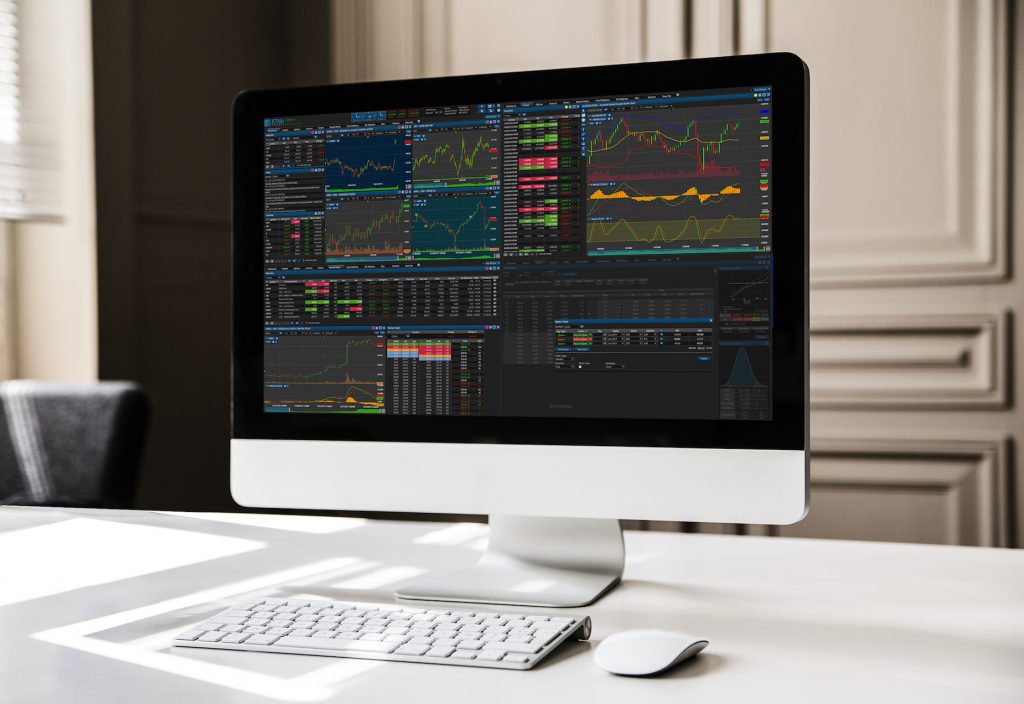
Online Trading Terminal
Overcoming Limits of Traditional Brokerage
Before direct access trading became available, traders would place orders via an intermediary, typically a brokerage firm. The broker added value by managing the order, but this had potential disadvantages. The cost per order could be relatively high. Delay could creep into the trade execution. Traders working with short time windows, perhaps minutes or less, could lose a precious price advantage in the time needed to accomplish the brokerage process.
Now, with a PC or mobile device, an internet connection and direct access trading, traders can connect immediately to the market without needing to transit via the broker. Thanks to the ‘inside market’ aka Level II information they receive, they can see the best prices at which a stock or asset can be bought or sold. They can also see other traders’ orders for that stock.
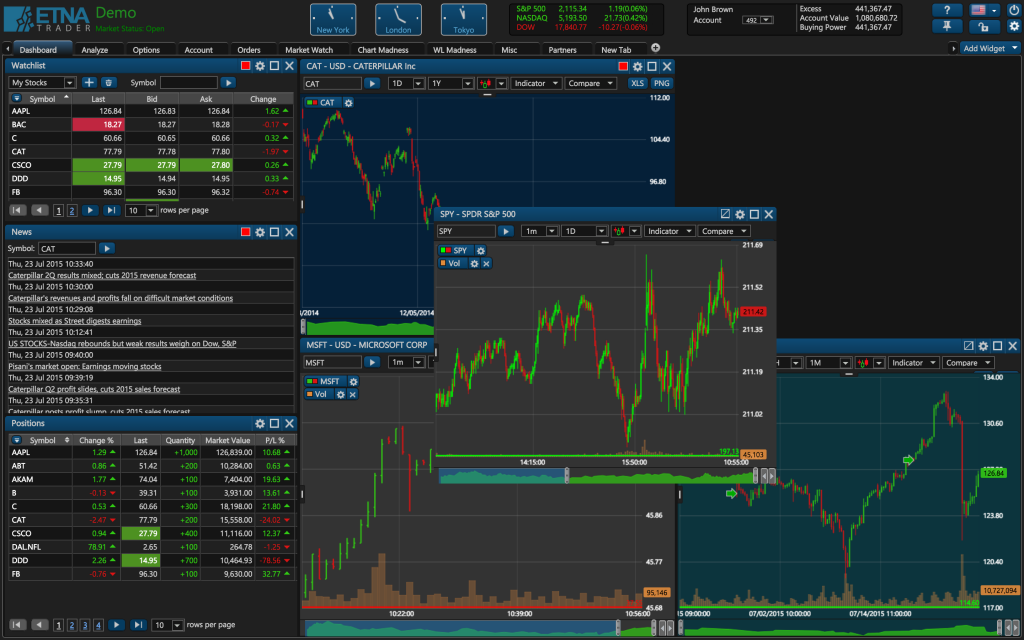
Web Trading Platform for Brokers
The two main attractions of direct access trading are therefore:
Direct access trading was first made available to traders by the NASDAQ. Since then, other exchanges have also opened their doors.
Technology Drives Direct Access Trading
Technology is an important part of a successful direct access trading activity. Together with speed and control, real-time features like streaming quotes and interactive charts are also popular. Online interfaces allow a trader to set up order routing to different venues based on predefined rules. Venue options include electronic communication networks (ECNs), dark pools, and liquidity providers. If a trader has not made a specific choice at the time of the transaction, direct access trading software can also seek out the best execution venue.
Control is enhanced by the display of the Level II information. This is the price, quantity and time (also known as the time and sales report, or ‘Prints’ report) of trades made on a given asset. Whereas the bid and ask prices show intentions, the time and sales report shows activity. In other words, it indicates how much people are ‘putting their money where their mouth is’. Direct access trading software also uses these reports to display charts for the asset and calculate the effect of the activity on associated indexes.
The Best of Broker Brands and Specialist Solutions
Becoming a DAT or DMA (direct access trading or direct market access) broker is possible by using an online technology platform developed by a specialist company like ETNA Trader. The broker can then present the platform under its own brand to its trader clients. Likewise, full-service brokers who have focused so far on providing research and advice can attract a new trader clientele by adding an online direct access trading service to their offering.

Demo Financial Advisor Software
Manage portfolios with advanced rebalancing and real-time insights.
Access customizable client reports and streamlined compliance tools.
Designed for advisors seeking efficient client and portfolio management.
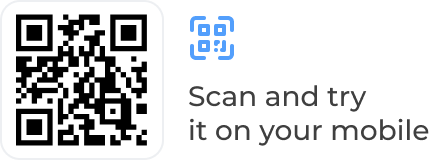
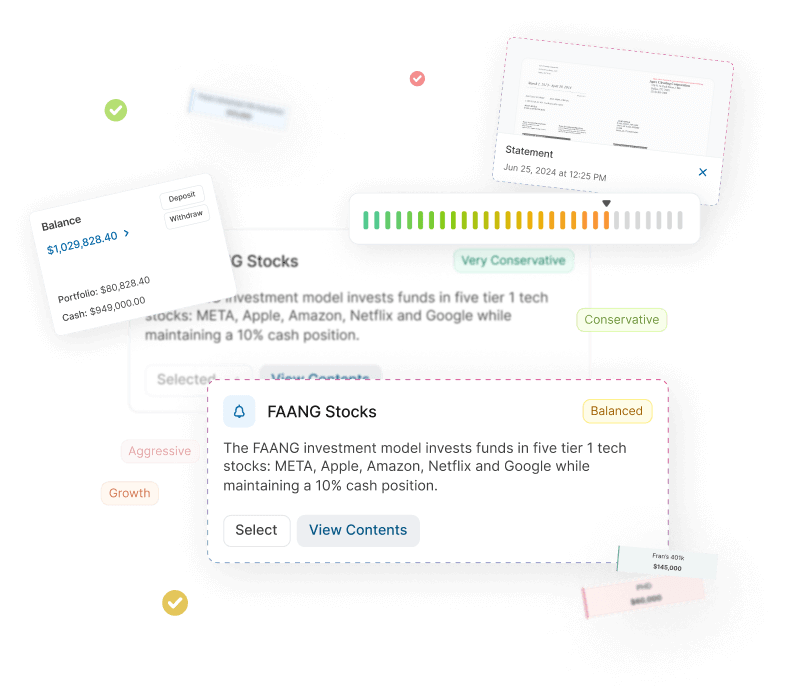
Demo Advanced Trading Platform
Test multi-asset strategies with real-time and historical data.
Analyze market depth, execute complex options, and algorithmic orders.
Ideal for refining strategies and risk management before live trading.
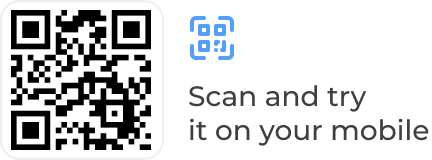
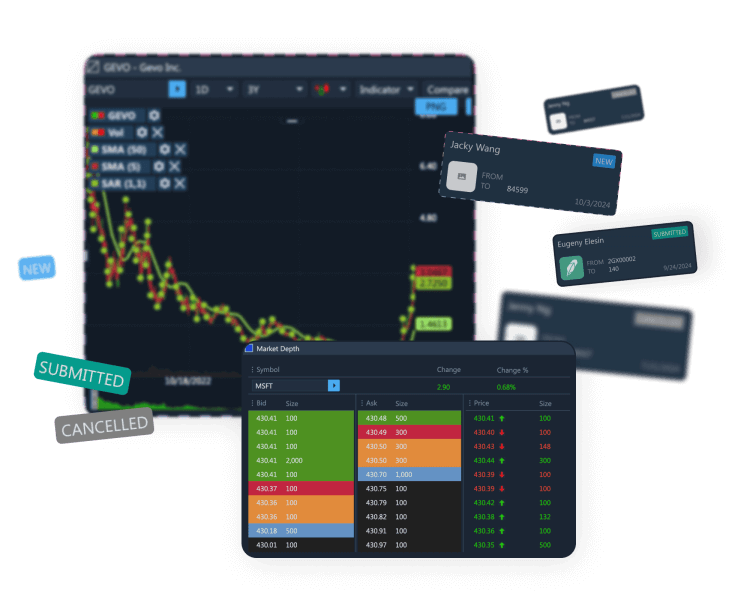
Demo Paper Trading Platform
Practice trading with virtual funds in real market conditions.
Simulate cash, margin, and day-trader accounts to gain experience.
Perfect for honing skills in a risk-free, customizable environment.

